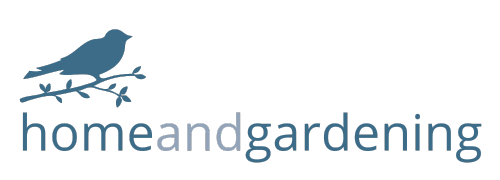How to Start and Maintain Your Own Food Garden
Edible Garden Essentials:
Are you considering starting an edible garden? Growing your own fruit, vegetables, and herbs can be a rewarding and sustainable hobby. In this comprehensive guide, we’ll explore what an edible garden is, how to start one, the benefits of growing your own food, the best locations for a food garden, and tips for choosing the best potting soil and growing plants. Read on to discover everything you need to know to create a thriving edible garden.
What is an Edible Garden?
An edible garden is a dedicated space where you grow plants that produce food. This can include a variety of crops such as vegetables, fruits, herbs, and even edible flowers. Whether you have a large backyard or a small balcony, an edible garden allows you to grow fresh, nutritious produce right at home.
How to Create an Edible Garden: A Step-by-Step Guide
1. Plan Your Edible Garden:
- Choose a Location: Select a spot with plenty of sunlight, ideally 6-8 hours a day.
- Decide What to Grow: Think about the vegetables, fruits, and herbs you enjoy and that are suitable for your climate.
- Design Your Garden: Decide on the type of garden you want, whether it’s raised beds, containers, or a traditional garden plot. Plan your layout and spacing for each plant.
2. Prepare the Soil:
- Test the Soil: Check the pH level and nutrient content. Most edible plants prefer a pH between 6.0 and 7.0.
- Improve the Soil: Enrich your soil with compost or well-rotted manure to boost fertility and structure.
3. Plant Your Seeds or Seedlings:
- Choose Quality Seeds or Seedlings: Buy from reputable suppliers to ensure healthy plants.
- Follow Planting Instructions: Pay attention to planting depth, spacing, and sunlight requirements for each plant.
4. Water and Maintain Your Garden:
- Water Regularly: Keep the soil moist but not waterlogged.
- Weed and Mulch: Control weeds and use mulch to help retain soil moisture and suppress weed growth.
5. Harvest Your Produce:
- Monitor Growth: Watch for pests and diseases.
- Harvest at the Right Time: Pick your produce when it is ripe for the best flavour and nutritional value.
What Are the Benefits of Growing Your Own Edible Garden?
- Fresh and Nutritious Food: Home-grown produce is often fresher and more nutritious than store-bought options.
- Cost-Effective: Growing your own food can save you money compared to buying from the supermarket.
- Environmental Benefits: Edible gardens reduce food miles, lower carbon footprints, and allow you to compost garden waste.
- Mental and Physical Health: Gardening offers physical exercise and can be a relaxing, stress-reducing activity.
- Educational Opportunities: Gardening teaches valuable skills such as planning, patience, and responsibility.
What is the Best Location for a Food Garden?
The best location for a food garden depends on your space, but here are some key factors to consider:
- Sunlight: Most edible plants need full sun, which means at least 6-8 hours of direct sunlight each day.
- Accessibility: Choose a spot that’s easy to access for regular maintenance and harvesting.
- Drainage: Ensure the location has good drainage to avoid waterlogged soil.
What is the Best Potting Soil for Edible Plants?
The best potting soil for edible plants should offer good drainage, aeration, and nutrients. Look for potting mixes that include:
- Peat Moss or Coconut Coir: For water retention and soil structure.
- Perlite or Vermiculite: To improve drainage and aeration.
- Compost: To provide essential nutrients and improve soil fertility.
Specialised potting soils for vegetables and herbs are also available and can be a good choice for your edible garden.
How to Grow Edible Plants: Tips and Techniques
Growing edible plants involves several important steps:
- Choose the Right Plants: Select plants suited to your climate and growing conditions.
- Prepare the Growing Medium: Use high-quality soil or potting mix.
- Plant Properly: Follow planting guidelines for depth, spacing, and sunlight.
- Water Appropriately: Keep the soil consistently moist but not soggy.
- Fertilise and Mulch: Feed your plants as needed and apply mulch to retain moisture and prevent weeds.
- Monitor for Pests and Diseases: Keep an eye out for issues and take action as needed.
Conclusion
Starting an edible garden is a fantastic way to enjoy fresh produce, save money, and benefit the environment. By understanding what an edible garden is, how to start one, and the best practices for growing and maintaining your plants, you can create a flourishing garden that provides delicious food for you and your family.
Ready to get started? Follow these tips and techniques to begin your journey into the world of edible gardening. Happy gardening!
Additional Resources
For further information on edible gardening, explore local gardening clubs, online forums, and books dedicated to growing your own food. There are many resources available to support you on your gardening adventure.



